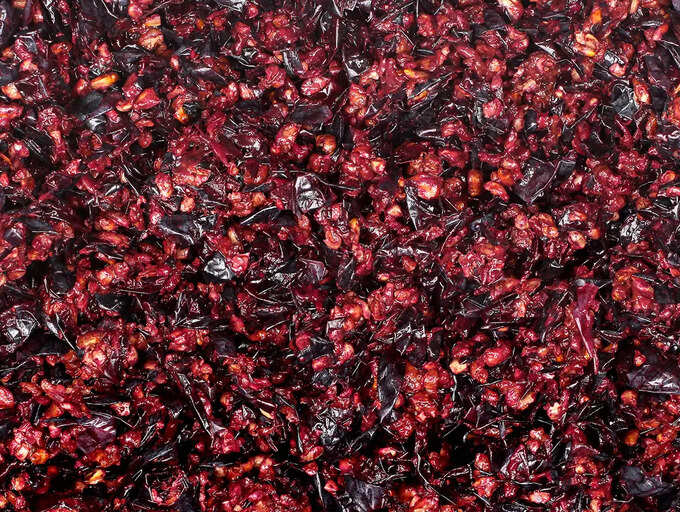The nutritional benefits of leftover red wine grape pulp

Do you know, the leftover pulp of grapes used for making red wine are quite nutritious and can even help in cutting the risk of diabetes and heart diseases? According to a new study conducted by Cornell University – led food science study, the pulp of red wine grapes can affect the human intestines and the stomach’s microbiome healthily.
02/4The findings

While this still needs further research, the finding may play a role in reducing the risks from cardiovascular disease and diabetes, according to their work published in the journal Nutrients. “This byproduct of making wine has important potential. If we can use the pomace to either extract key compounds or use them as a dietary ingredient to fold into food, then grape pomace can be a very sustainable source of nutritional compounds with demonstrated health benefits,” Elad Tako, associate professor of food science in the College of Agriculture and Life Sciences, said.
Tako said the research provides an understanding of how stilbenes work at the human gut level. Additionally, in the study, the Tako research group screened red grape varieties typically found in the Finger Lakes Region of New York, where a robust winery economy exists.READMORE
03/4The study

The team used Vitis vinifera (wine grapes), Vitis labruscana (Concord grapes) and an interspecific hybrid, to associate the findings with practical dietary health benefits of grape and grape product consumption.
“I’ve been working with polyphenols (plant-based nutritional compounds), and I was intrigued by previous research that suggested that bioactive compounds – such as resveratrol in red wine – has cardiovascular and other health benefits. The mechanism of how these compounds work in the body was not clear, so I used my in vivo model to find the answer,” Tako added.
By using a chicken (Gallus gallus) as in vivo model, the scientists were able to determine the nutritional benefits of the stilbenes, resveratrol and pterostilbene.READMORE






